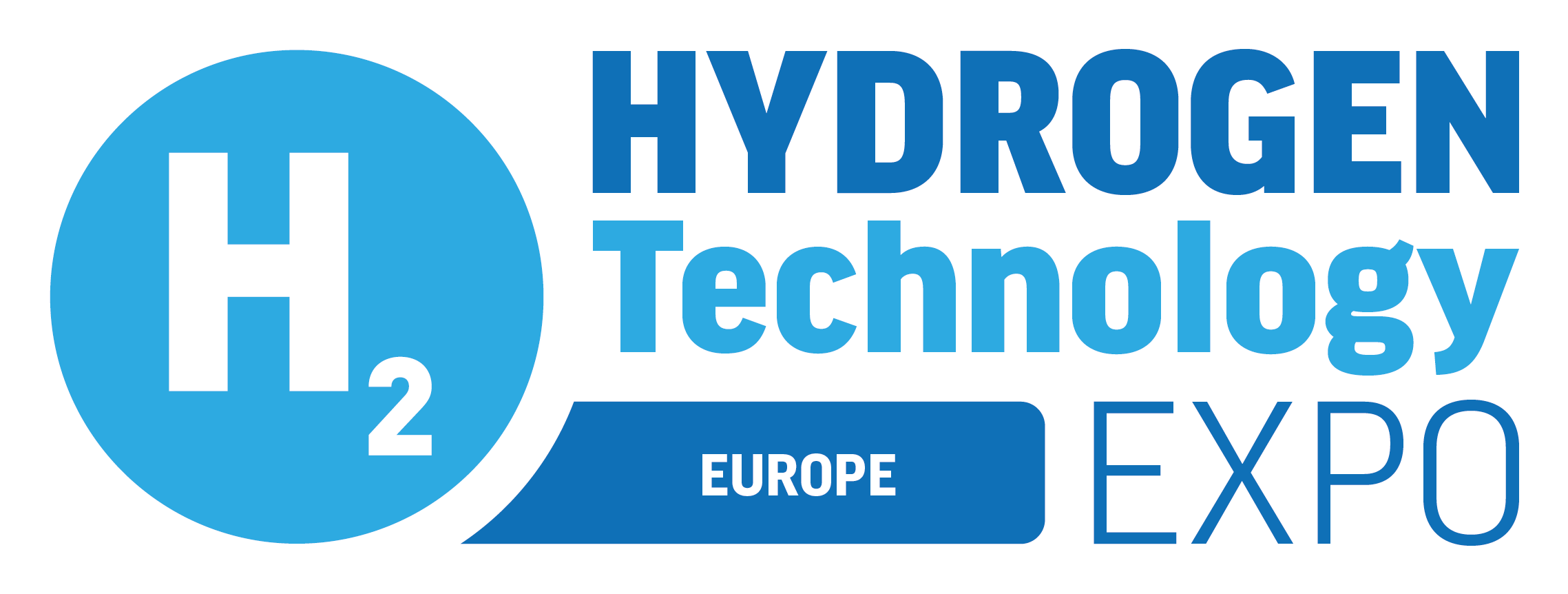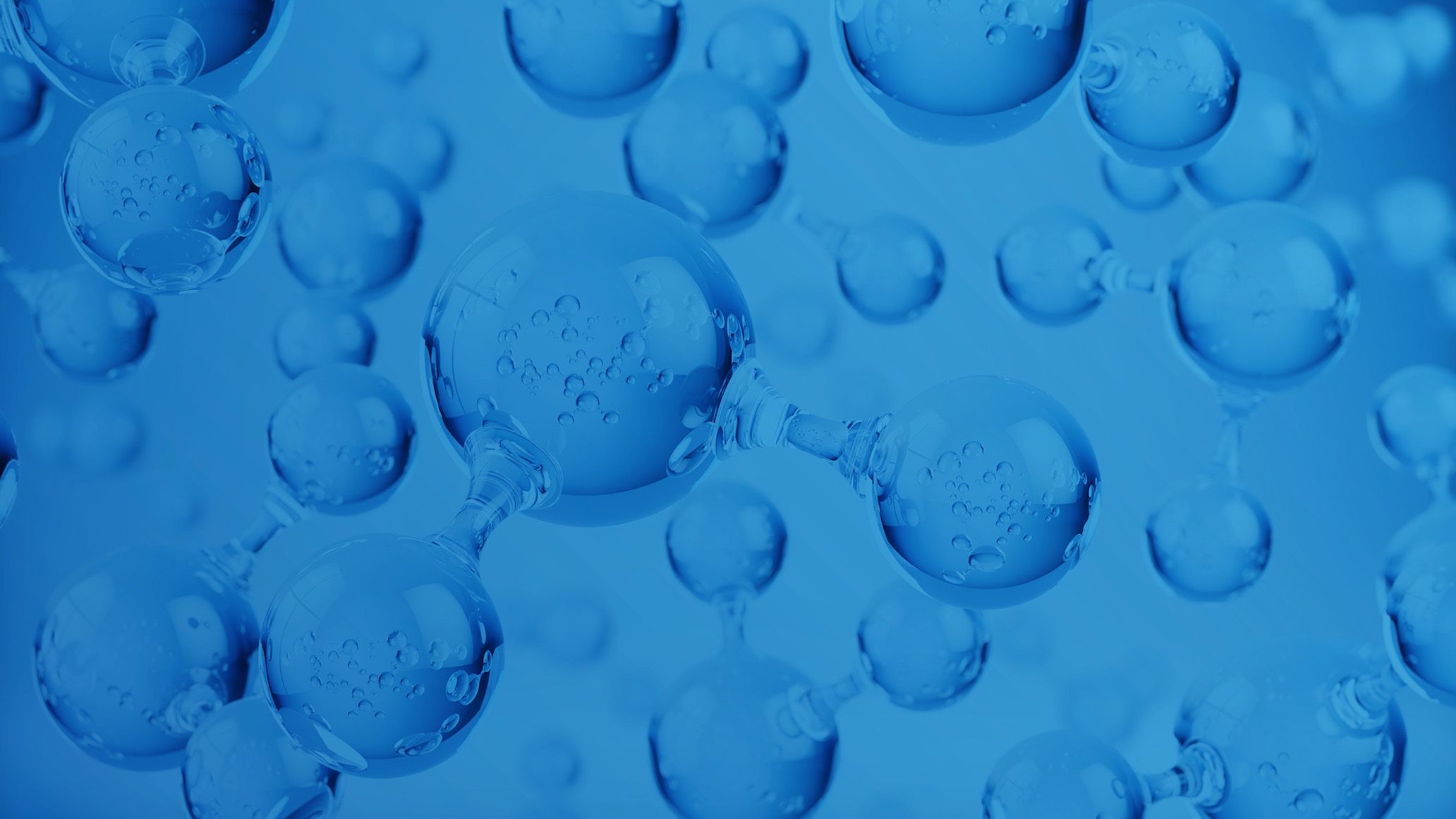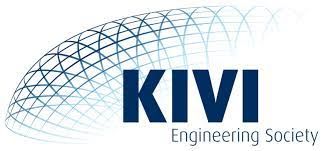Stadler hydrogen-powered trains achieve Guinness World Record
)
Stadler’s recent display of their FLIRT H2 train travelling more than 1,700 miles without refueling, has earned the company a Guinness World Record. This is the longest distance travelled by a pilot hydrogen-powered train, without refueling, that has ever been recorded.
This result occurred during a test that took place in the US, in a dedicated test ring in Colorado. The journey began on the 20th of March 2024 and lasted for 46 hours and reached a distance of 1,741.7 miles, breaking the world record.
In order to achieve this excellent distance, the locomotive used a power pack that contained fuel cells and hydrogen tanks. It also used a battery that could be used to supply the vehicle drive, whenever it was necessary. Altogether, the techniques used within this propulsion system have been manufactured to effectively allow the train to operate all day, without needing to refuel. To make this all possible, before the testing occurred in Colorado, Stadler developed detailed solutions which enabled the company to fit the fuel cells and hydrogen storage system into the design of the modern FLIRT commuter train. Once established, these solutions were tested in Switzerland.
As soon as these steps were complete, the Guiness World Record adjudicators were invited by Stadler to witness the journey. The company did this so that Guiness World Records could see that the locomotive was reliable and capable of running on hydrogen for this amount of time.
This recent Guiness World Record award, is the second one that Stadler have received. The first record that was awarded to them was in 2021, for their battery-powered FLIRT Akku which achieved the longest journey with a battery multiple unit. This development was able to cover 224km in Germany.
Stadler US’ CEO, Martin Ritter, stated that ‘the company is focused on the future of rail transport with alternative drive systems, and aims to continuously develop new technologies.’ He also said, “By using hydrogen as a clean energy source, we are actively contributing to environmental protection and shaping the sustainable and zero-emission travel of tomorrow.”




)
)
)
)
)
)
)
)
)
)
)
)
)
)
)
)
)
)
)
)
)
)
)

)
)
)
)
)
)
)
)
)
)
)
)
)


)
)
)
)
)
)
)
)
)
)
)
)

)

)
)
)

)
)
)

)
)
)
)
)
)
)
)
)
)
)


)
